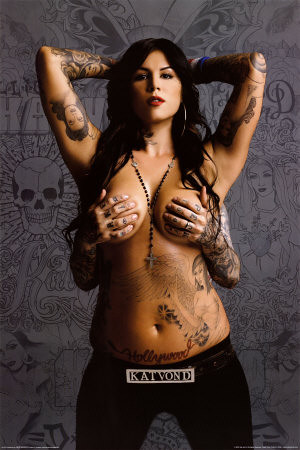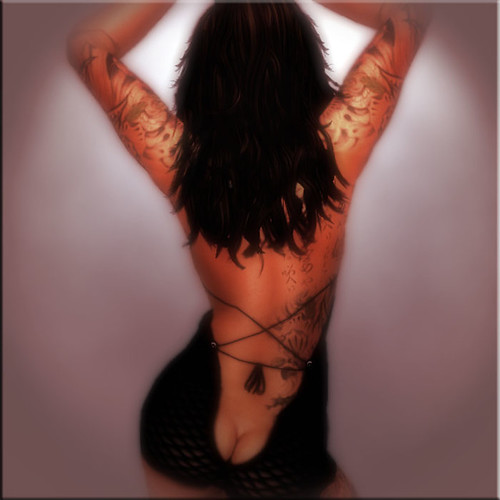Higher frame rates offer the “potential to improve showmanship,” the director tells attendees at CinemaCon.

LAS VEGAS — Calling the current use of frame rates in digital cinema “inadequate,” James Cameron urged the industry to consider shooting and projecting movies at rates higher than the standard 24 frames-per-second in a demonstration he presented Thursday at Cinemacon.
Cameron contended that that higher frame rates offer the “potential to improve showmanship.”
To prove his point, he showed a comparison of 3D content produced and projected at 24 frames-per-second, which is commonly used today, as well as at 48 and 60 frames-per-second (fps). He also showed clips that demonstrated other elements such as slow motion at these higher frame rates.
As the clips played, Cameron pointed to some distracting strobing that occurred at 24 fps and pointed to the improvements from the higher frame rates. He that the higher frame rates produce an “enhanced sense of detail” and “enhanced clarity” and told the audience he was going to be “agnostic about whether it be 48 or 60." “That should be discussed,” he said. “We need to make the decision as a group.”
He added, “I’m going to try to be as active as possible - until we figure out what the best answer.”
Cameron revealed that he considered shooting Avatar at 48 fps, but decided the time wasn’t right. However, he intends to shoot Avatar 2 and 3 at a higher frame rate - the question is whether that will be at 48 or 60. He is currently writing the script and is at least 18 months away from starting to shoot.
The filmmaker noted that he is not alone in pursuing higher frame rates, saying that George Lucas (with whom he appeared on a CinemaCon panel Wednesday) is “gung-ho,” as is Peter Jackson, who “did testing for The Hobbit.”
While adopting higher frame rates would affect both production and exhibition, Cameron said that digital cinematography cameras already accommodate these higher frame rates. In fact, 60 is the current standard in sports production.
In terms of exhibiting digital movies at the higher rate, Cameron said: “The generation two projectors are capable of doing what I show you with a software upgrade."
Cameron enthused at one point: “We are geeking out now, I love this stuff.”
The demo came together fairly quickly. The idea to do the demonstration at CinemaCon was born at the recent DGA Awards, Cameron said.
The CinemaCon presentation took place in The Colosseum at Caesars Palace. Cameron noted that the projection area looked like a “science project.” It included stacked Christie DLP Cinema projectors, with Doremi servers and the RealD 3D system.
Cameron thanked a string of collaborators who made the demonstration possible, including Christie, Texas Instruments, Doremi, Real D, Sony, Blackmagic Design, Modern VideoFilm, Reliance Media Works, the production team including Russell Carpenter and John Buckley, as well as the team at Cameron’s Lightstorm Entertainment.
The clips, which featured a period dinner and fight sequences, were shot in one day by Russell Carpenter, the Academy Award winning director of photography of Titanic. They were lensed with three types of digital cinematography cameras‹the Arri Alexa, Red Epic and Phantom high speed cameras‹all using the 3D rigs from PACE, which were developed by Cameron and 3D innovator Vince Pace.
“I hope this opens the door to testing that needs to be done,” Cameron said, citing areas such as visual effects. “I’m making the content available to anyone who wants to test it.”
Cameron contended that that higher frame rates offer the “potential to improve showmanship.”
To prove his point, he showed a comparison of 3D content produced and projected at 24 frames-per-second, which is commonly used today, as well as at 48 and 60 frames-per-second (fps). He also showed clips that demonstrated other elements such as slow motion at these higher frame rates.
As the clips played, Cameron pointed to some distracting strobing that occurred at 24 fps and pointed to the improvements from the higher frame rates. He that the higher frame rates produce an “enhanced sense of detail” and “enhanced clarity” and told the audience he was going to be “agnostic about whether it be 48 or 60." “That should be discussed,” he said. “We need to make the decision as a group.”
He added, “I’m going to try to be as active as possible - until we figure out what the best answer.”
Cameron revealed that he considered shooting Avatar at 48 fps, but decided the time wasn’t right. However, he intends to shoot Avatar 2 and 3 at a higher frame rate - the question is whether that will be at 48 or 60. He is currently writing the script and is at least 18 months away from starting to shoot.
The filmmaker noted that he is not alone in pursuing higher frame rates, saying that George Lucas (with whom he appeared on a CinemaCon panel Wednesday) is “gung-ho,” as is Peter Jackson, who “did testing for The Hobbit.”
While adopting higher frame rates would affect both production and exhibition, Cameron said that digital cinematography cameras already accommodate these higher frame rates. In fact, 60 is the current standard in sports production.
In terms of exhibiting digital movies at the higher rate, Cameron said: “The generation two projectors are capable of doing what I show you with a software upgrade."
Cameron enthused at one point: “We are geeking out now, I love this stuff.”
The demo came together fairly quickly. The idea to do the demonstration at CinemaCon was born at the recent DGA Awards, Cameron said.
The CinemaCon presentation took place in The Colosseum at Caesars Palace. Cameron noted that the projection area looked like a “science project.” It included stacked Christie DLP Cinema projectors, with Doremi servers and the RealD 3D system.
Cameron thanked a string of collaborators who made the demonstration possible, including Christie, Texas Instruments, Doremi, Real D, Sony, Blackmagic Design, Modern VideoFilm, Reliance Media Works, the production team including Russell Carpenter and John Buckley, as well as the team at Cameron’s Lightstorm Entertainment.
The clips, which featured a period dinner and fight sequences, were shot in one day by Russell Carpenter, the Academy Award winning director of photography of Titanic. They were lensed with three types of digital cinematography cameras‹the Arri Alexa, Red Epic and Phantom high speed cameras‹all using the 3D rigs from PACE, which were developed by Cameron and 3D innovator Vince Pace.
“I hope this opens the door to testing that needs to be done,” Cameron said, citing areas such as visual effects. “I’m making the content available to anyone who wants to test it.”


















